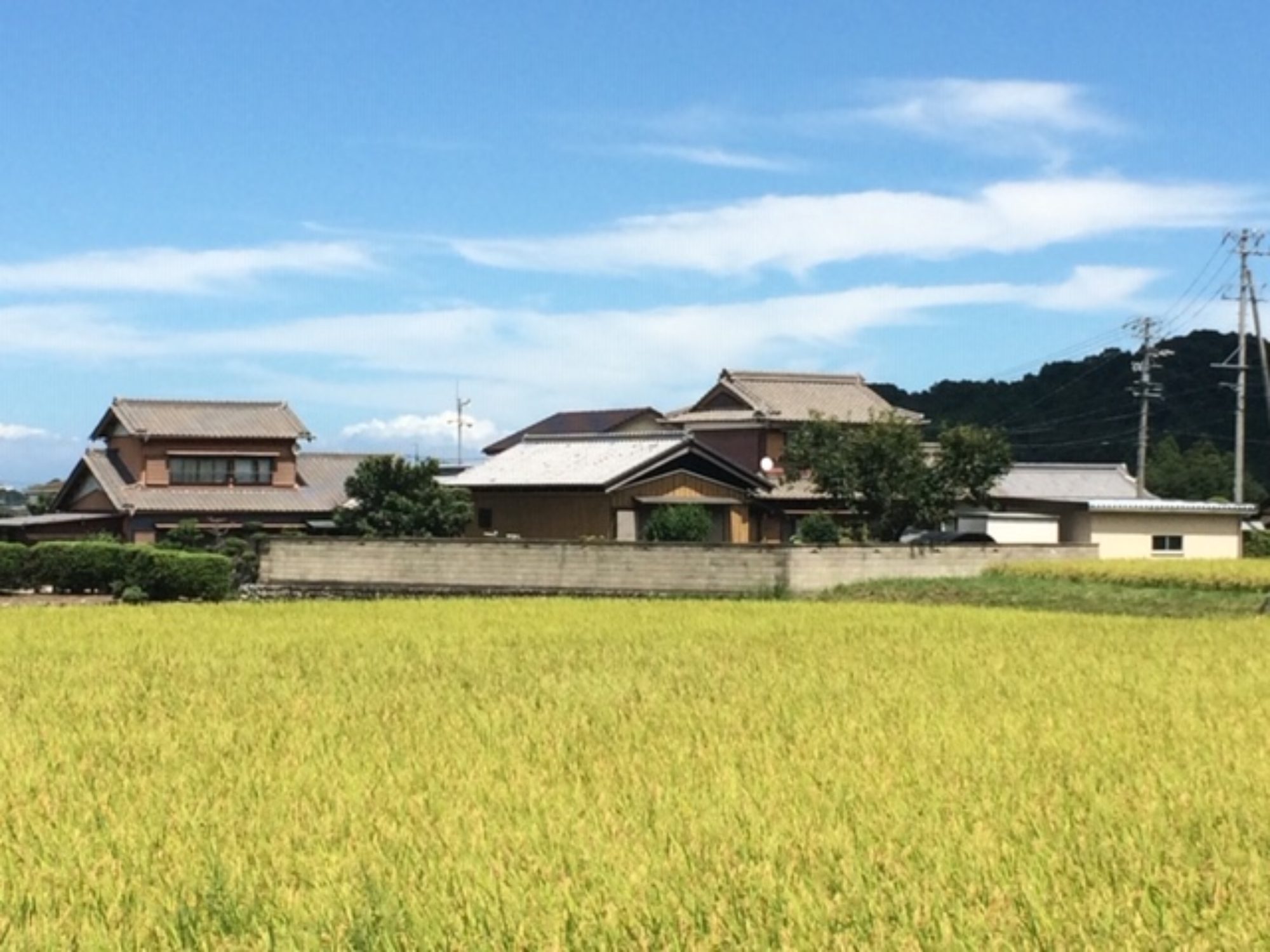Sushi carousel restaurants in Japan are great places to eat and so much better in terms of value and quality than you might find in the UK.

There is a chain of Sushi carousel restaurants called Kura that we have visited in Mie and Osaka where most plates are ¥100 each. Sometimes a more expensive dish will be ¥200 but these are easy to spot because they are on two plates stacked and clipped together. Kura has impressed us both with the variety and freshness of their Sushi.
You can expect to wait for a seat if you arrive a peak times, they usually make you take a ticket and wait until your number is called.

Kura change their menus several times a year, the one pictured above is their summer 2019 menu and shows a variety of fresh seasonal sushi.
There is something very Japanese about a sushi carousel restaurant with it’s conveyor belt and iPad automated ordering system. In case you are not familiar with a sushi carousel restaurant, there will be a conveyor belt running throughout the restaurant which carries plates of sushi straight from the kitchen all around the dinning room.

As a dish goes past, if you see one you like, you just take it of the conveyor. At the end of your meal you are charged according to the number of empty plates you have amassed.

You can also order from a iPad type device by scrolling through the pages and selecting the dish you want to order. This allows you to order electronically direct from the kitchen without the need for a waiter or waitress. Although I couldn’t find a way to switch to English on the Kura devices, it is pretty straightforward to operate and in most cases you can easily see what the selection is from the pictures.
In Kura. when you have ordered from the iPad your food will be delivered to you on a separate conveyor belt.
Whereas in the UK eating at a well known chain sushi carousel would likely set me back around £150 for the 5 of us, which is partly because my family love sushi and the self service nature of these places coupled with the small portions encourages the children to keep eating. When we all went to Kura in Izumisano, Osaka we had a big blow out and ate until we could eat no more and the bill came to ¥9000 which is about £68.00
For every 5 plates the children get an opportunity to play a brief video game to try and win a small prize, we reckon the success rate of a child playing the game is something like 1 in 5, but it was the cause of great excitement at the end of our meal.

You can also order fried chicken, miso soup, chips, onion rings, ramen and tempura, these dishes have to be ordered from the electronic menu and cost up to ¥380. They also do a very good bacon cheese burger, it kind of goes against the grain to for me to order a burger in Sushi restaurant but I did it in the name of research and have to say I’m glad I did.






























